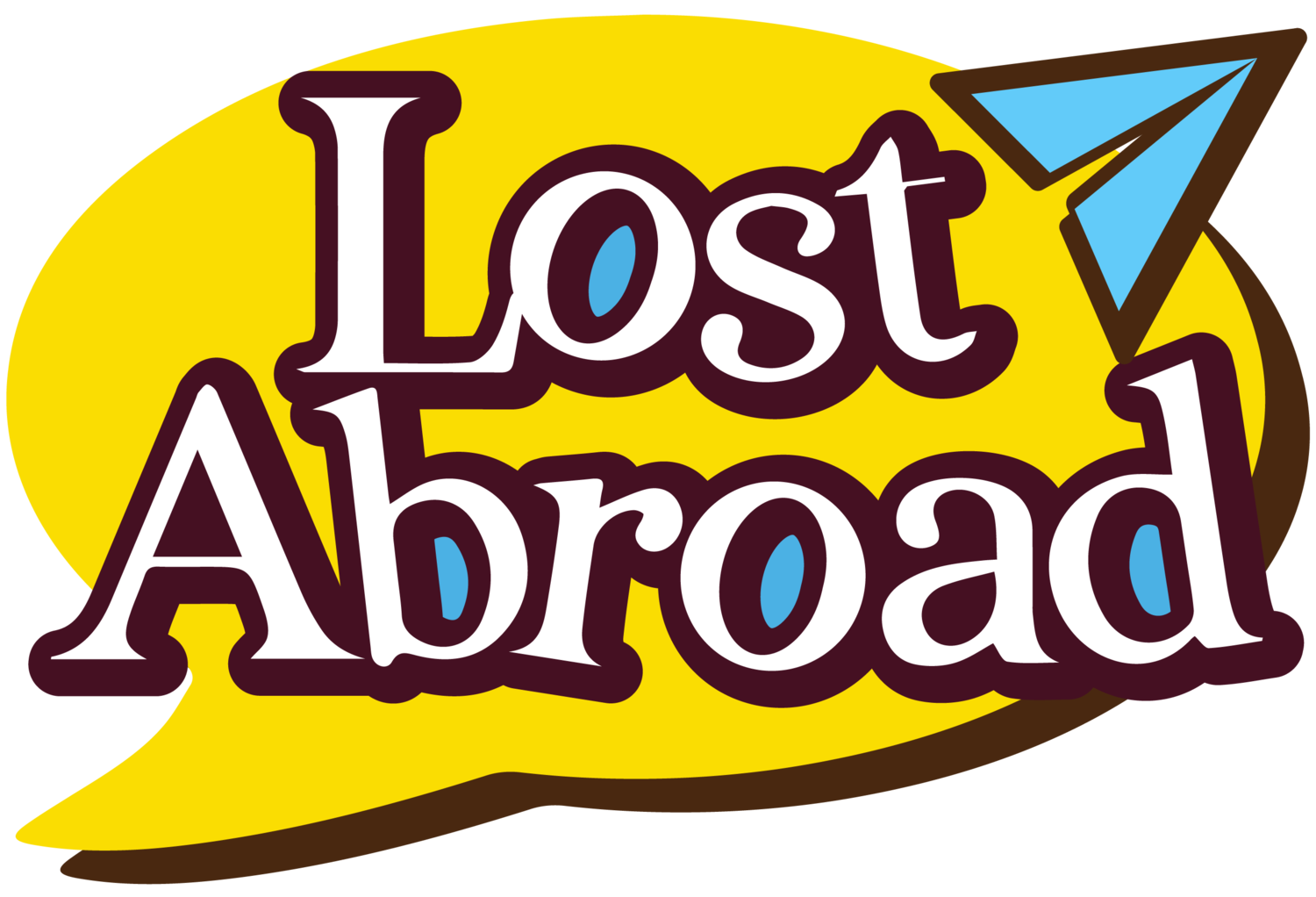Experiential / Interactive Learning - Long Live the King of Education
If you come across any online article vaguely about education, you're bound to find a comment along the lines of "Why would any idiot pay hundreds of thousands of dollars to go to university, when they can learn everything on YouTube for free???" Indeed, there is a wealth of knowledge in the format of videos readily available online, and many platforms such as Coursera and Udemy even offer certification for their video-instructed courses. Therefore, it is tempting to believe that education by video is the optimal approach to teaching and learning. But is it really?
The video format has great advantages: it combines visual and auditory cues to aid the processes of explanation, comprehension and memorization, providing a more effective learning experience compared to traditional methods such as class instructions and learning by reading. In addition, education by video is also accessible and flexible, as anyone with a basic video-playing device can access the learning at anytime, from any where, for however many times. However, learning by video has a fatal flaw: it is NOT INTERACTIVE. The video itself cannot provide the opportunity for the learners to "figure it out themselves", or what is called a "discovery-based learning" or "learning by doing", which tends to be much more memorable and motivating than simply being told what is right and what to do. This lack of interactivity also means that there is no feedback to learners' questions and actions, further reducing the education efficacy as it is does not meet the individual learning needs.
So, what does interactive learning look like? Is it hard to design and does it have to be complex? The answer is no and no to the 2nd question and today's Google Doodle happens to answer the 1st question perfectly: https://g.co/doodle/ccbd5rz
Optional explanation of harder words offers the opportunity for personalized learning
Not only does Google's little education piece give you the ability to toggle the explanation of less known words to aid comprehension and offer personalized learning, it also lets you carry out the key steps of the protagonist - Marie Tharp's - scientific experiments, so you feel like you were her and her story was your story. In the end, when you successfully completed all the necessary steps to reach the final conclusion, you will never forget these step. But more importantly, you feel like all your hard work has led to the scientific community finally accepting your finding and you have forever changed the way people think about how the continents were formed. Now this is the true joy of learning brought out by the way of interactivity. It needn't be complex, and these interactive slides probably took less time to make than the more professionally edited YouTube videos, but the learning experience is unparalleled.
Learn by doing as you replicate the key steps of Marie Tharp's experiments
And this is why Lost Abroad's core design principle is about interactivity, via simulated immersion, fun experimentation and feedback customization. All the in-game locations are just cartoon versions of real life locations you will frequent when living in a new country. You will listen in on other people’s conversations to pick up new words and phrases and you get to experiment by putting words together in your desired manner and observe the instant result and obtain detailed feedback in a fun and stress-free environment. This way, you learn the language by doing and playing so you fully experience the fun and satisfaction of discovery and self-causation. You will find yourself using the same sentences when you actually visit the country of your dreams and never forgetting what you learned. And this is the power experiential/interactive learning.




